Hand of the day #614
You can now play the hand of the day on BBO+ and compare how you get on with the...

Dear BBOers, have a go at trying to solve this bridge problem. Depending on your answer you’ll score between 0 to 5 points per question. Your overall score will be displayed, along with the correct answers once you've complete the exercise. Good luck!
This article was written by Larry Cohen and was originally published in Bridgerama+.




Hand 5..."3♠ runs the risk that partner might pass."Partner should NOT, can Not pass new suit on 3-rd level I believe 🙂 And I woul like to show my 5-th A!C and not repeat my "naked "KJ in !S ...
In hand 2, it shows that you are W and E has to bid. That can't be a w hand, since 2nt would not have been bid with a void in their bid suit
On hand 2, partner's 2NT should be forward going with tolerance for spades. It doesn't make sense to bid 3D, non-forcing, here. You should insist on game in one of your two suits.
Since the explanations of some of the bids are not known, this is rather difficult...
I wanted to pass hand 7
I am new to bridge and I found this very helpful and entertaining as well
No reason to submit anything. First, in many cases the understanding of possible bids by the partner should be explained. More to the matter: I won't bid 2S in hand 2 in the firs place. In hand 3, the way to make a forcing raise in H should be stated and/or whether 2H could be a 3-card suit. In hands 5 and 8, the meaning of X should be explained. And so on...